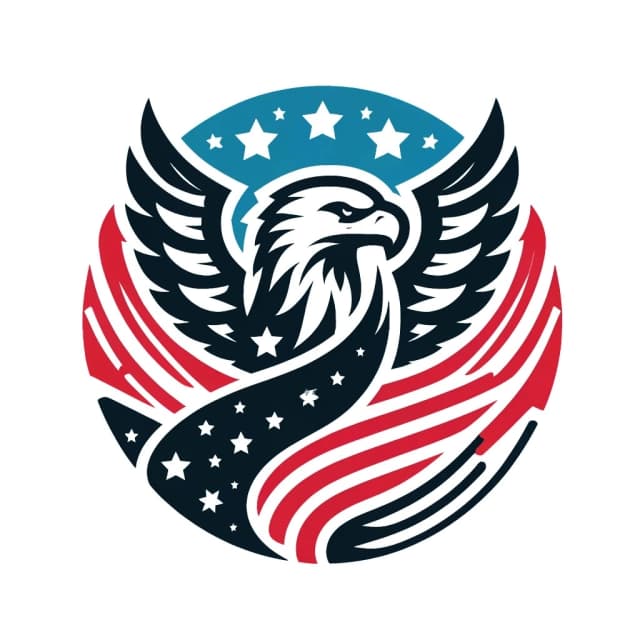- Published on
- Authors

- Name
- GovCon
Navigating Compliance: The Buy American Act and Trade Agreements Act
In an increasingly globalized marketplace, compliance with regulatory frameworks like the Buy American Act (BAA) and the Trade Agreements Act (TAA) becomes not just an obligation but a competitive edge. This post dives deep into these critical pieces of legislation, unraveling their complexities and offering actionable insights for businesses involved in government procurement.
The Buy American Act (BAA): An Overview
Enacted in 1933, the Buy American Act aims to prioritize American-made products in government procurement. The essence of the BAA is straightforward: federal agencies are required to procure goods manufactured in the United States. However, the implementation involves a labyrinth of guidelines, exceptions, and waivers.
Key Provisions of BAA
Domestic End Products:
- Manufacturing Criteria: At least 50% of the cost of components must be mined, produced, or manufactured in the U.S.
- Component Test: Applies to unmanufactured items and construction materials.
Exceptions:
- Public Interest: If adherence is inconsistent with the public interest.
- Non-Availability: When materials are not available domestically in sufficient quality.
- Unreasonable Cost: If the cost of domestic products is unreasonable compared to foreign counterparts (typically a 20-25% margin).
Practical Implications
For businesses, this means developing robust supply chain strategies to ensure a higher proportion of U.S.-sourced components in their products. It also involves meticulous documentation and staying abreast of periodic updates to the BAA guidelines.
The Trade Agreements Act (TAA): Expanding Horizons
The Trade Agreements Act of 1979 complements the BAA by enabling the U.S. to honor its commitments under international trade agreements. The TAA waives BAA requirements for acquisitions of products from countries with which the U.S. has trade agreements, thus fostering international trade partnerships.
Core Aspects of TAA
Designated Countries:
- Free Trade Agreement (FTA) Countries: Includes nations like Canada, Mexico, and Australia.
- WTO GPA Countries: Parties to the World Trade Organization Government Procurement Agreement.
Substantial Transformation:
- Products must undergo substantial transformation in a TAA-designated country, changing their character or use, or combining them with other materials to create a new and different product.
Compliance Strategies
To align with the TAA, businesses need to pivot towards international sourcing and manufacturing strategies that emphasize collaboration with TAA-compliant countries. This requires rigorous country-of-origin analysis and leveraging trade networks to ensure compliance.
Synergy Between BAA and TAA
Interestingly, the BAA and TAA are not mutually exclusive but rather complementary. When engaging in government contracts, a company might have to navigate both sets of regulations.
Regulations in Action
Contract Thresholds:
- The TAA typically applies to contracts exceeding specific monetary thresholds, whereas the BAA covers contracts below those limits.
Strategic Sourcing:
- Companies can devise hybrid models that optimize cost efficiency while ensuring compliance by balancing domestic and foreign sourcing as per the contract requirements.
Best Practices for Compliance
Supplier Audits:
- Regular audits of domestic and international suppliers ensure adherence to BAA and TAA standards.
Legal Counsel:
- Engaging with legal experts familiar with government procurement regulations to navigate complexities.
Training and Awareness:
- Continuous training programs for procurement teams to stay updated on the latest compliance requirements.
Technology Integration:
- Implementing procurement software that tracks component origins and compliance status in real-time.
Conclusion
Compliance with the Buy American Act and the Trade Agreements Act is a sophisticated balancing act but one that is achievable with the right strategies and tools. As global trade dynamics evolve, businesses that master this regulatory landscape will not only avoid hefty penalties and legal challenges but also carve out an advantageous position in the competitive arena of government procurement.
By investing in technology, fostering international partnerships, and maintaining keen oversight, your business will not just comply but thrive, turning regulatory adherence into a strong market differentiator. Happy procuring! 🚀
